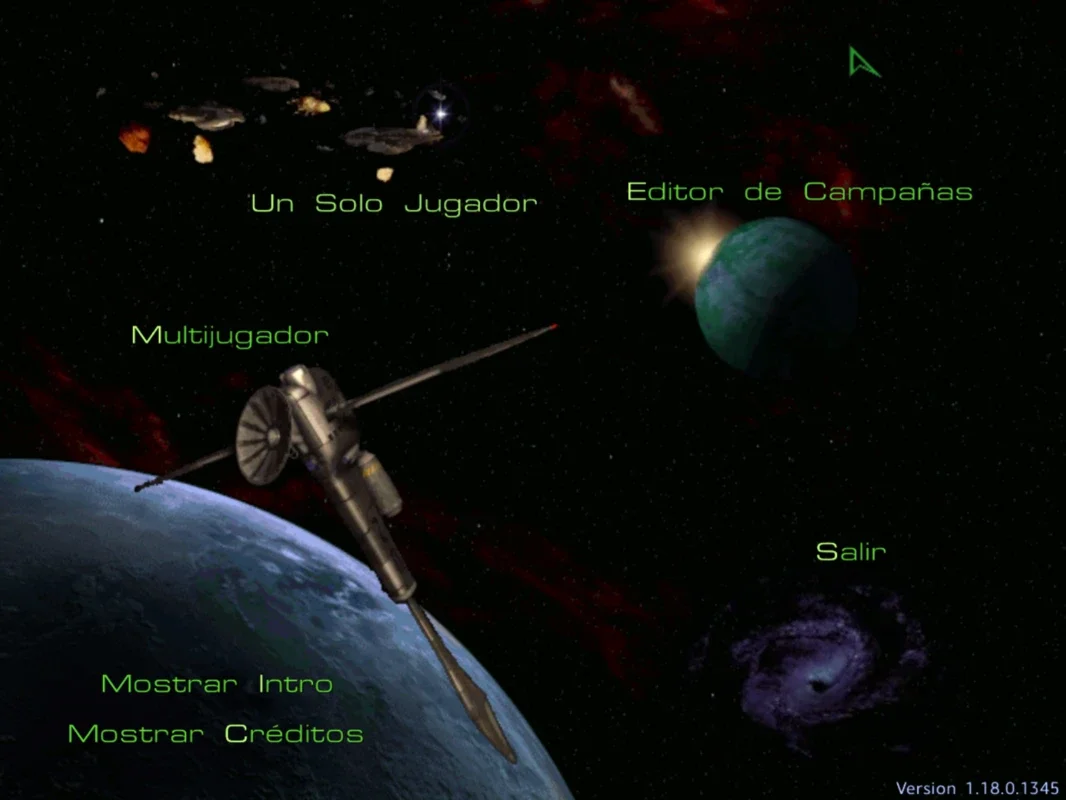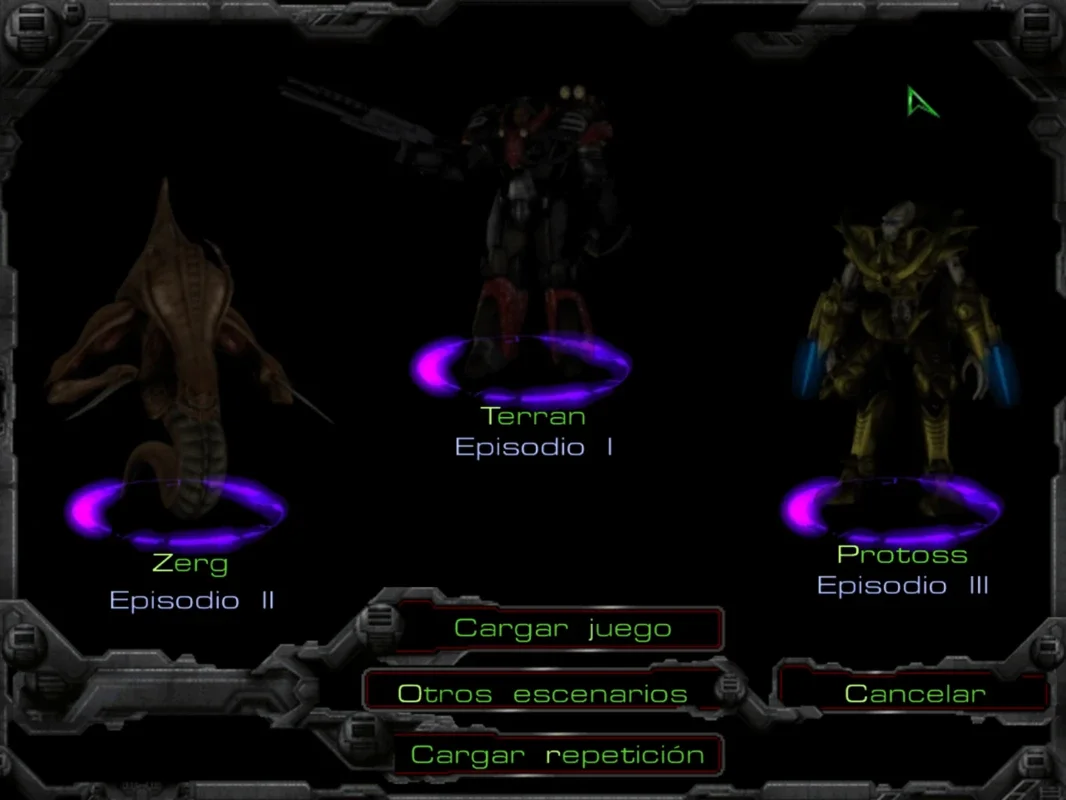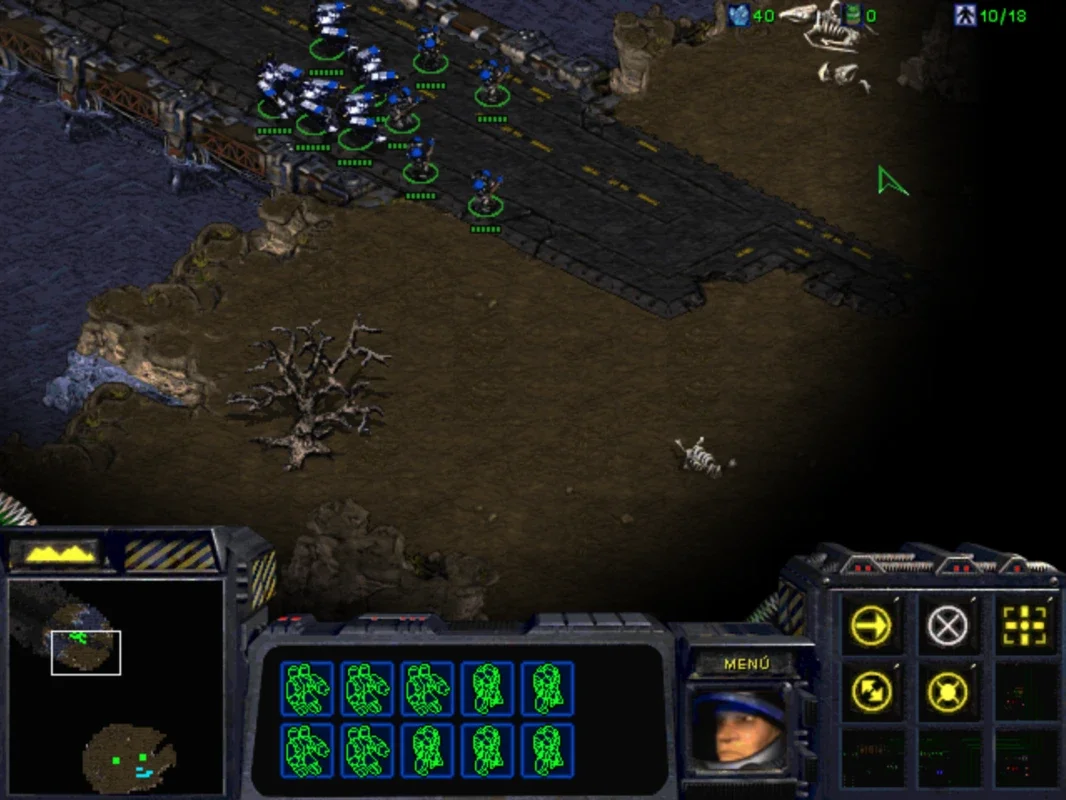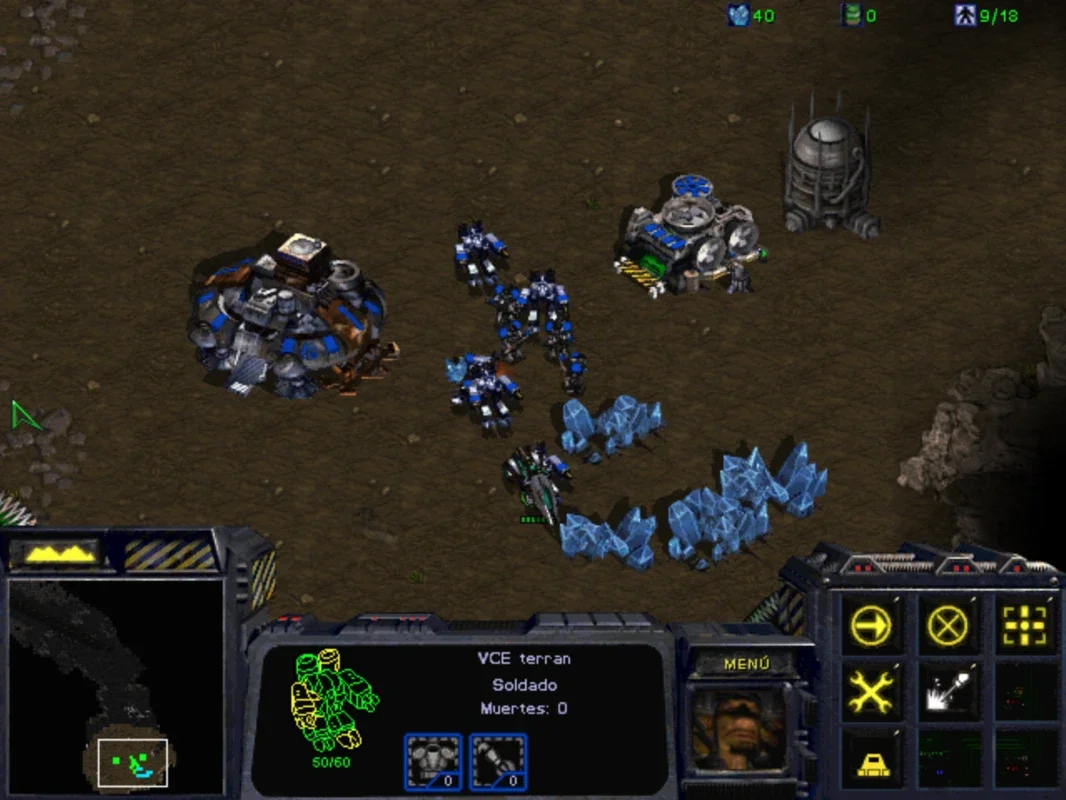Starcraft App Introduction
StarCraft, the legendary real-time strategy (RTS) game from Blizzard Entertainment, needs no introduction. Released in 1998, it quickly transcended its genre, becoming a cultural phenomenon and a cornerstone of competitive gaming. Its enduring popularity is a testament to its innovative gameplay, compelling storyline, and the deep strategic layers that continue to captivate players today. This article delves into the world of StarCraft, exploring its history, gameplay mechanics, impact on esports, and its lasting legacy.
A Deep Dive into Gameplay
StarCraft plunges players into a futuristic interstellar conflict between three distinct factions: the Terrans (humans), the Zerg (a insectoid swarm), and the Protoss (a technologically advanced alien race). Each faction boasts unique units, buildings, and strategic approaches, demanding players adapt their tactics to counter diverse opponents.
The core gameplay loop revolves around resource management, base building, unit production, and strategic combat. Players must skillfully gather resources (minerals and vespene gas) to construct buildings, train units, and upgrade their technology. Mastering the intricate balance between economic growth and military expansion is crucial for victory.
The game's depth lies in its nuanced unit interactions, strategic map control, and the constant need for adaptation. A seemingly minor tactical decision can have cascading effects, making every match a unique and challenging experience. Whether you prefer aggressive rushes, defensive turtling, or a balanced approach, StarCraft offers a vast strategic landscape to explore.
The Three Factions: A Detailed Comparison
-
Terran: The Terrans are a versatile faction, boasting a balanced mix of offensive and defensive units. Their adaptability makes them a popular choice for both beginners and experienced players. They excel at adapting to different situations and employing diverse strategies.
-
Zerg: The Zerg are a swarm-based faction known for their overwhelming numbers and rapid expansion. Their strategy often involves overwhelming opponents with sheer force, requiring precise micro-management and quick decision-making.
-
Protoss: The Protoss are a technologically advanced faction with powerful, but often more expensive, units. Their strategic focus often involves strategic positioning, technological superiority, and precise execution of complex maneuvers.
The Impact of StarCraft on Esports
StarCraft's impact on the esports landscape is undeniable. Its competitive scene, particularly in South Korea, has reached legendary status, with professional players achieving celebrity-like recognition. The game's intricate mechanics, strategic depth, and high skill ceiling have fostered a highly competitive environment that continues to thrive today.
The rise of StarCraft as an esport paved the way for the modern competitive gaming industry. Its success demonstrated the potential for video games to become mainstream spectator sports, influencing the development of esports infrastructure, professional organizations, and broadcasting platforms.
StarCraft's Enduring Legacy
StarCraft's influence extends far beyond its competitive scene. Its innovative gameplay mechanics, compelling storyline, and enduring popularity have inspired countless other RTS games and significantly shaped the genre's evolution. The game's lasting legacy is a testament to its exceptional design and its ability to captivate players for decades.
The remastered version of StarCraft, along with its expansion, Brood War, ensures that this classic RTS remains accessible to new generations of players. Its timeless appeal continues to draw in both veterans and newcomers, solidifying its place as a true icon in the world of video games.
Comparing StarCraft to Modern RTS Games
While many modern RTS games have adopted different approaches, StarCraft's core mechanics remain a benchmark. Games like Age of Empires IV and Company of Heroes 3, while offering unique features, still draw inspiration from StarCraft's strategic depth and unit diversity. However, StarCraft's focus on micro-management and precise execution remains a defining characteristic that sets it apart.
The simplicity of its core mechanics, combined with its immense strategic depth, is a testament to its enduring appeal. While some modern RTS games have opted for more complex systems, StarCraft's streamlined approach allows for a more focused and intense competitive experience.
Conclusion: A Timeless Classic
StarCraft stands as a testament to the power of well-designed gameplay and a compelling competitive scene. Its influence on the RTS genre and the esports industry is undeniable, and its enduring popularity ensures that it will remain a classic for years to come. Whether you're a seasoned veteran or a newcomer to the world of RTS games, StarCraft offers a challenging, rewarding, and ultimately unforgettable gaming experience.



